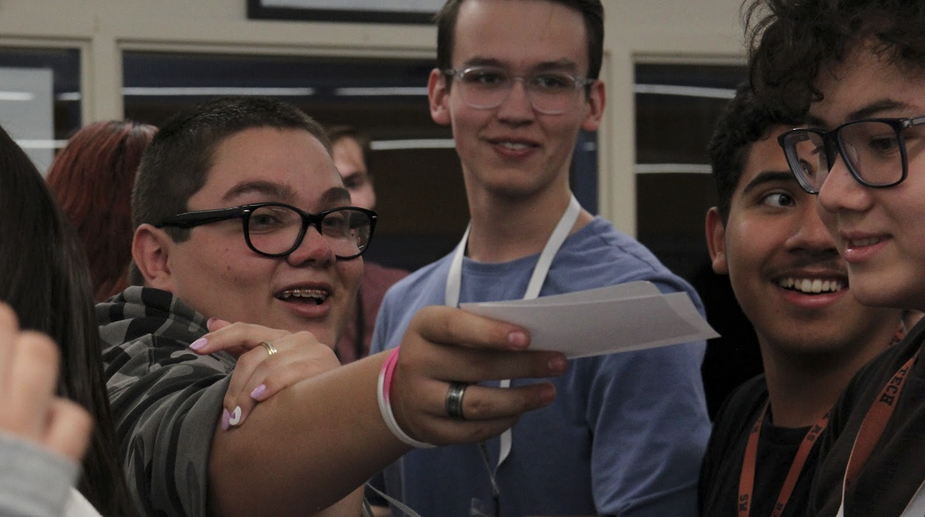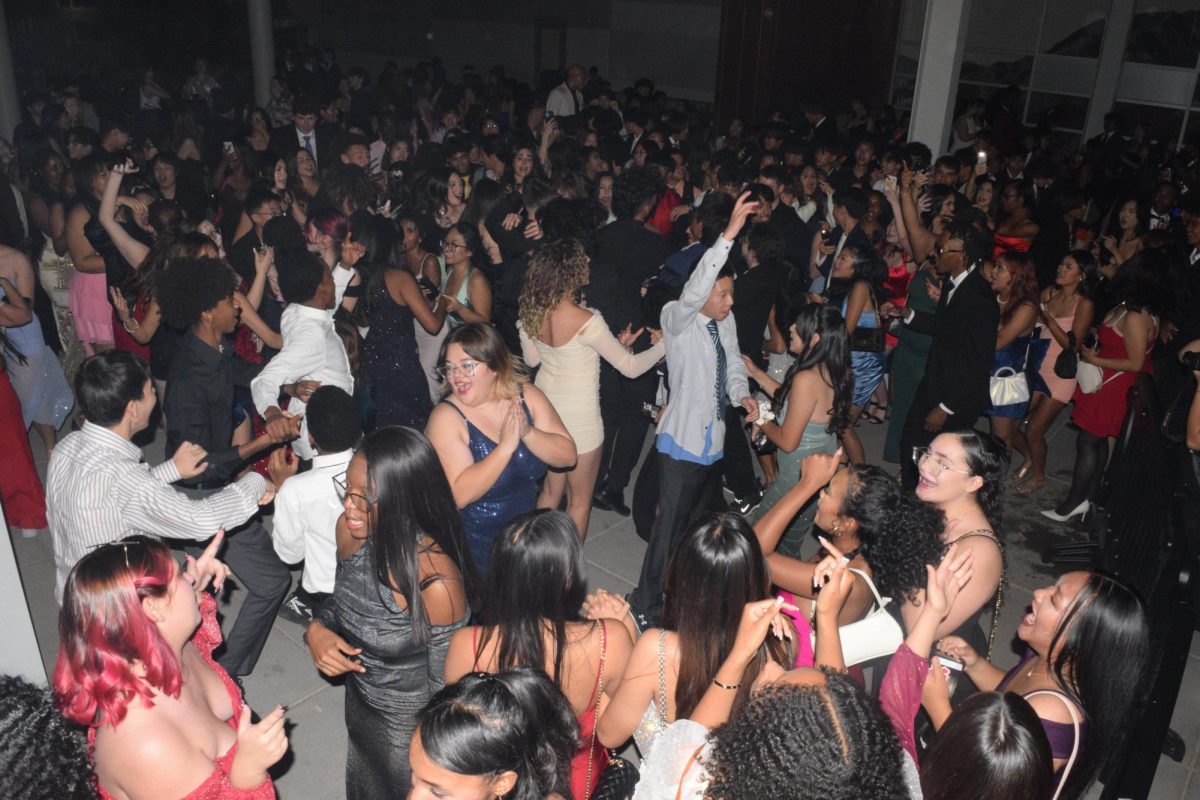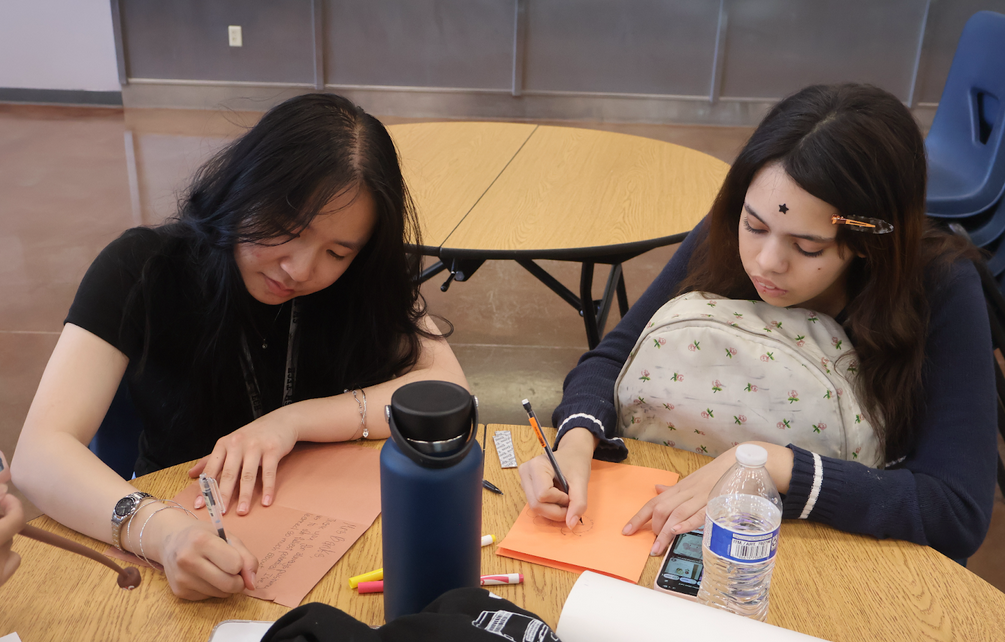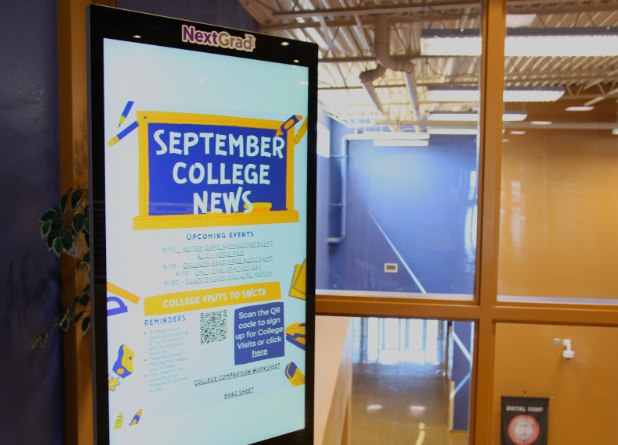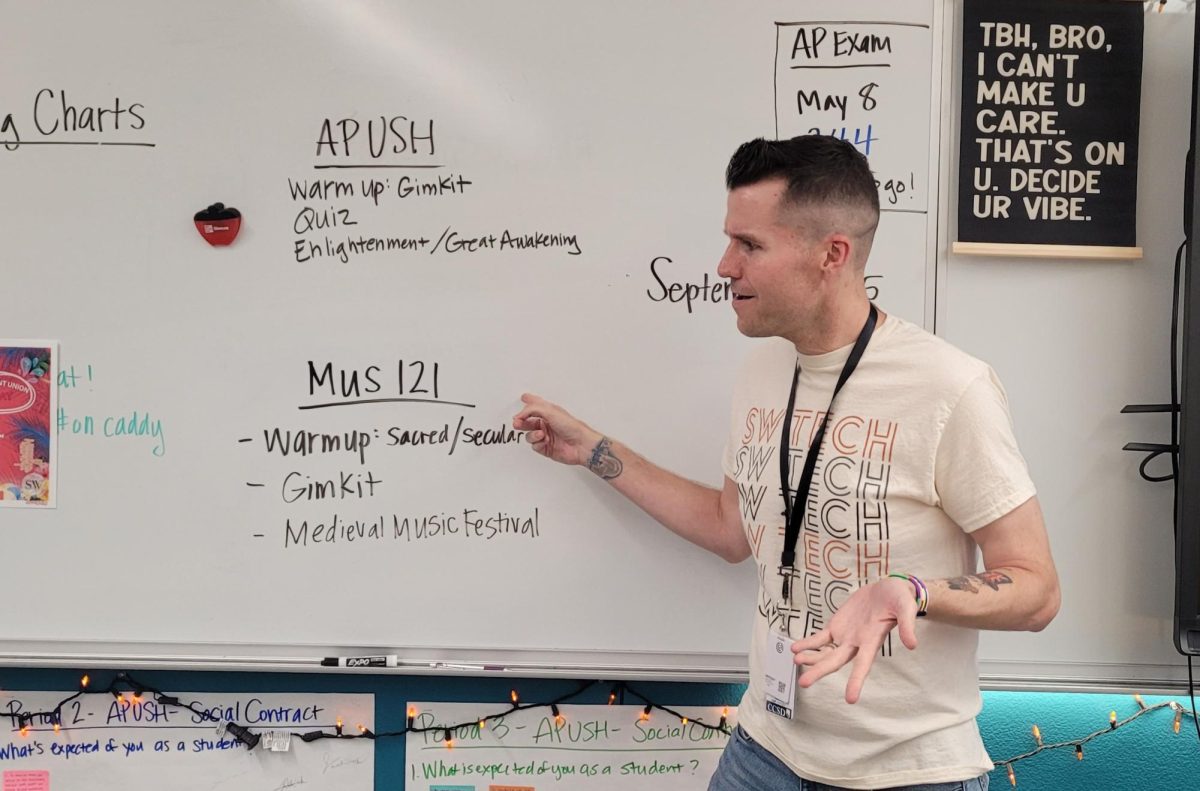Teaching and Training I students are learning about the different brain functions at key intervals in a human’s life. To demonstrate these functions, they are building Lego models.
“The creativity is going to be super hard for me to try and come up with because I’m not super creative,” freshman Emma Kodjanian said. “Since we have a limited amount of Lego blocks it’s more challenging. I’m going to be doing the teenage brain and create a bed to represent sleeping since teenagers need sleep to function.”
Students began by drawing the brain and labeling the different parts. After watching videos on the brain for two periods, they selected a concept that they learned, such as the effects of losing sleep and expenditures that needed to be paid.
“If students can do things with other mediums such as Legos and drawings or sticks, it gives them a chance to use a different part of their brain to be creative and explain themselves,” Teaching and Training adviser Vincent Thur said. “Students get really comfortable with notes and essay-based assignments but this type of project allows them to demonstrate their understanding using different parts of the brain.”
After studying the different brain types, students then chose between the child, teenage and adult brain to design a dominant concept within that specific brain type.
“It’s hard to represent what I’m thinking and I’d rather just talk about it, but I overall want my project to demonstrate a good habit and a bad habit of a teenager,” freshman Dennis Buckey said. “I’ve learned that the teenage brain develops close to the infant’s brain and I thought that was really interesting to hear.”
Students like Buckley, Ibarra, and Kodjanian agree on the fact that this project has helped them understand the importance of sleep, specifically how getting enough sleep will impact their futures.
“I really believe that the teenage brain is the most interesting and important brain that we develop with,” Ibarra said. “I want to learn how to face challenges and get through them in relation to this project and I think this will overall help me process my ideas faster in my future classes.”
Following the Lego building, students had to record FlipGrid videos on their process of what they have learned as a whole after they concluded with their models.
“Connecting to the brain is the most difficult part for me because as teenagers we have this closed mindset so when seeing habits that we potentially are doing, we try to ignore them as best we can,” freshman Eranda Citaku said. “After seeing parts about sleeping, it’s influenced me to sleep more and understand that this is how we function. I want a better understanding of the brain as a whole and apply it to my everyday life.”



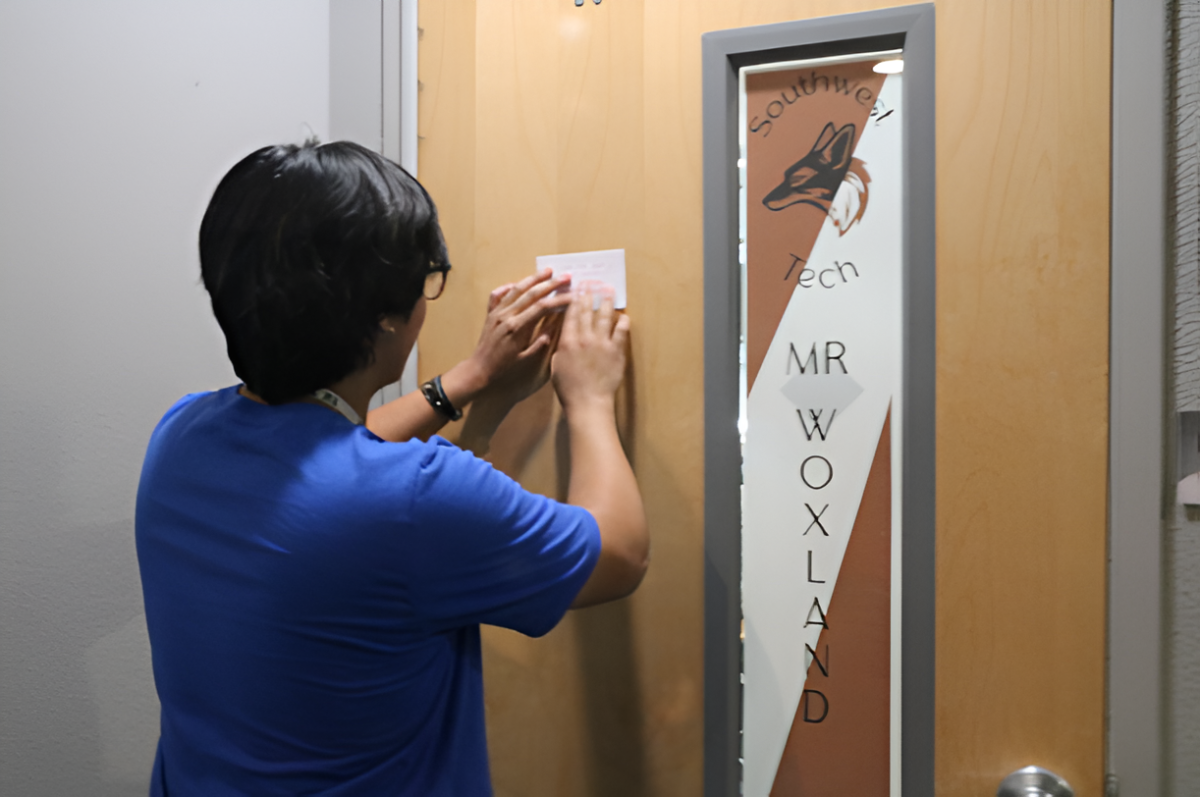

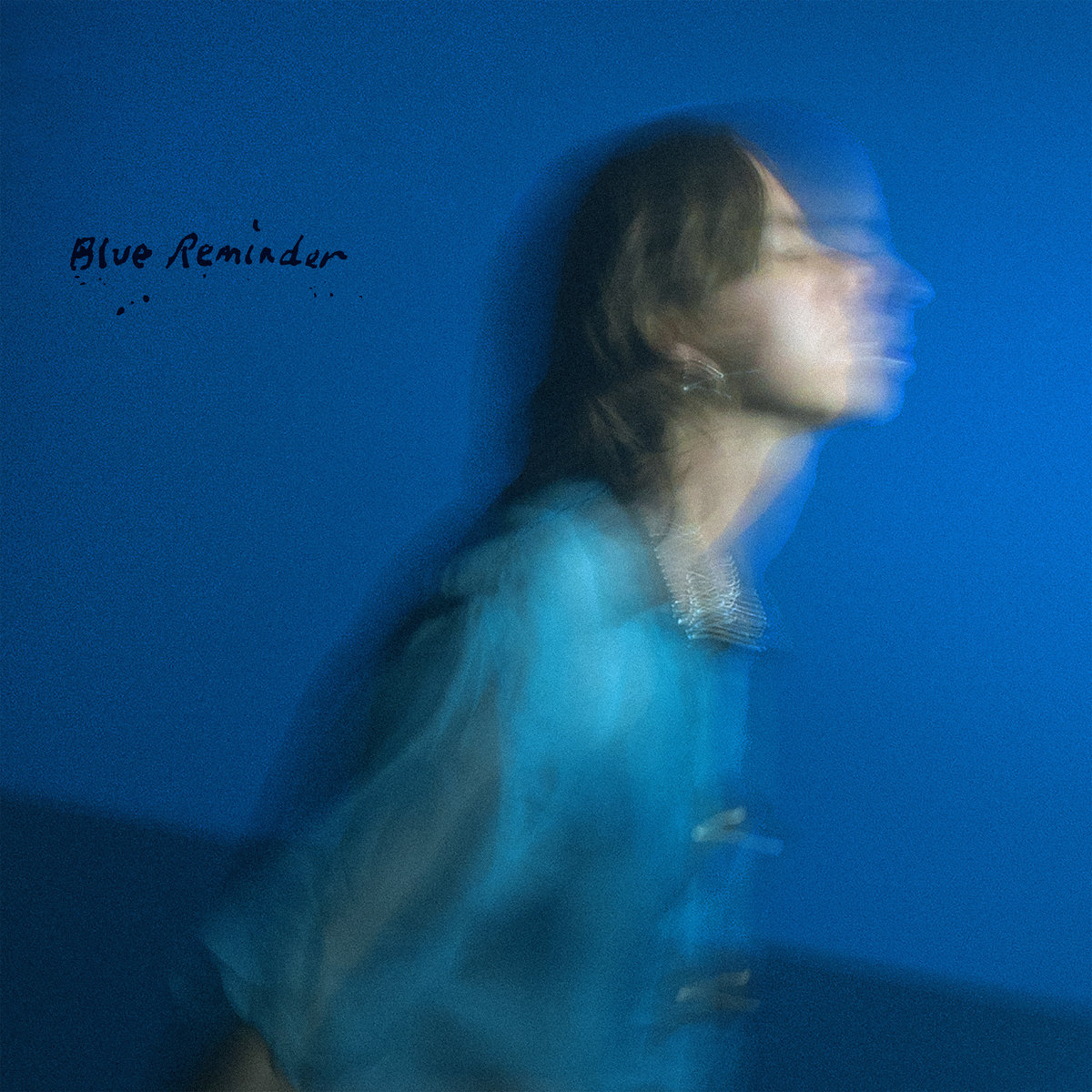

![Swaying and preparing to toss the tennis ball, Dylan Grove practices serving. Grove had been training in preparation for her upcoming matches against Chaparral and Doral Red Rock. “[Both teams are] both very tough opponents, but I am ready for whatever gets thrown my way,” Grove said.](https://southwestshadow.com/wp-content/uploads/2025/10/image-1200x900.png)
![Practicing the basic skills of nursing, sophomore Natalia Yancey gets her heartbeat checked with a stethoscope. Sophomore nursing students reviewed skills from freshman year. “I’ve always wanted to be in the medical field; it’s been my dream forever,” Yancey said. “Doing [practice skills] so early on is not only an amazing opportunity, but it helps me to prepare for my future.”](https://southwestshadow.com/wp-content/uploads/2025/10/IMG_9843-1200x800.jpg)
